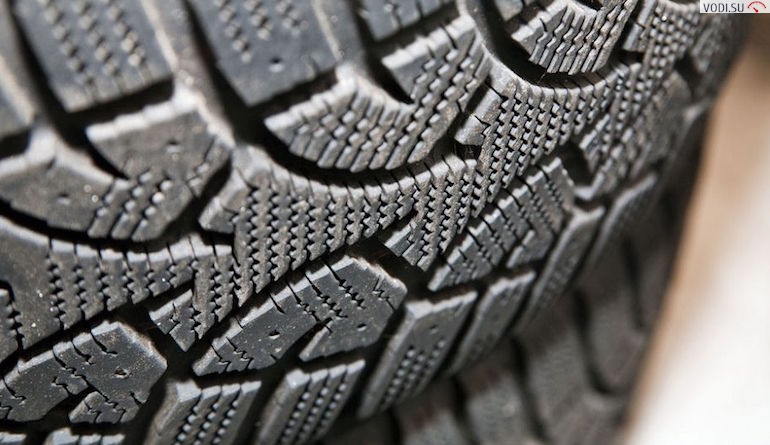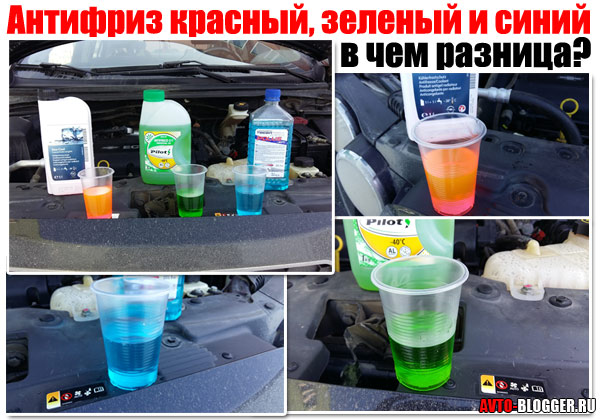
How to choose winter tires for a car? Tips from professionals. Test video.
With the approach of the winter season, many questions arise for drivers: it is necessary to prepare the car for winter, choose winter engine oil, protect the paintwork from the effects of reagents that are poured onto the roads in tons. We have already written about many of these issues on our autoportal Vodi.su. Today we will consider the topic of choosing winter tires.
Why is it important to switch to winter tires?
In Russia, especially in its central and northern regions, the seasons are pronounced. Winter tires are made from a special rubber compound that provides reliable handling and good mileage in sub-zero temperatures.
Often in stores you can see all-season tires. It is worth saying that they are great for the southern regions, but on snowy highways and at low temperatures they do not provide reliable grip. In addition, such tires wear out very quickly both in summer and in winter.
Hence the conclusion: winter tires are simply necessary for driving on snow and ice. Therefore, every driver living in Moscow, St. Petersburg, and even more so in Novosibirsk or Omsk must have two sets of tires - summer and winter.

When should you switch to winter tires?
This question worries many, and there is no definite answer to it. The vagaries of the weather in our area are not uncommon. So, it is believed that the optimal time is when the average daily temperatures do not exceed 5-7 degrees Celsius. However, often after the first frost, a temporary thaw comes again.
Be that as it may, most drivers, having seen the first snow on the street in the morning, remember with horror that they forgot to “change their shoes”. As a result, there are huge queues at service stations and tire shops.
We suggest paying attention to the recommendations of the manufacturer of winter tires. Typically, these tires are ideal for driving at temperatures of +5 and below.
The following factors should also be considered:
- if you changed tires and it got warmer outside, then you should not develop a high speed, and when cornering you need to slow down, because at high temperatures winter tires wear out faster and do not provide reliable grip on the roadway;
- if the car is a means of making money for you, then you should change the tires in advance in order to always be ready for changes in the weather;
- if you rarely use the vehicle, for example, only for commuting and shopping, then you can not rush to “change shoes”, in extreme cases you can use public transport;
- if you have a long road ahead, then you should change the tires based on the direction. So, if you are going to the southern regions or to Europe, then you can wait a little with the transition to spikes. If you are going to the north or to the eastern regions of the Russian Federation, then change the tires immediately with the onset of the first cold weather.
Pay attention to another advantage of switching to Velcro or spikes in advance - you can save a lot of time by not standing in long queues at tire shops. Well, in order to completely refuse tire fitting services, buy tires along with disks, then you can “change shoes” on your own. By the way, we already wrote on Vodi.su how to change a wheel.

Types of winter tires
Today, 3 types of winter tires are mainly presented in car dealerships:
- European (Velcro);
- Scandinavian (Velcro);
- studded.
The European one comes without spikes, it is ideal for driving in slush. The type of tread pattern is diagonal, there are many lamellas to drain water and dirt. There are large hooks along the edges to ensure reliable flotation on melted snow and water. The maximum speed, depending on the index, is up to 210 km / h.
The Scandinavian type also comes without spikes. Designed for driving both on snow and ice, and on slush. Its tread pattern can be asymmetrical with large slots and protruding elements. The tread easily breaks through snow and ice. With such tires, you can accelerate to a maximum of 160-190 km / h.
Studded is the perfect choice for beginners. It is used for driving on snow and ice. Spikes can have a variety of shapes and be made of different materials: aluminum, copper, reinforced plastic, various alloys.
In Russia, all three types are equally often used, but for the central and northern regions, either spikes or the Scandinavian type are more often used. Velcro (European rubber) is best suited for more southern areas.

Basic rules for choosing winter tires
First of all, tires must be suitable in terms of size, speed index and weight. We already wrote about all these parameters on Vodi.su in an article about rubber marking.
Check the production date carefully.. If the tire has been in the warehouse for more than five years, then it must be disposed of according to GOST. Large stores offer discounts on tires from previous seasons, so you can save a lot on your purchase here. The date of manufacture, recall, is written in a small oval and consists of four digits: 2415 or 4014 - the first two digits indicate the number of the week in the year, and the last - the year itself.
For beginners, it is better to buy tires with studs.. Please note: often drivers put spikes on the drive axle, and Velcro on the driven axle. This cannot be done, since the driving characteristics completely change and serious drifts cannot be avoided. Be sure to put on studded tires on a spare tire or dokatka.
Tread type is a special issue. Many drivers believe that the more protruding elements, lamellas and slots on the rubber, the better it will overcome snowy tracks. In fact, even tractor wheels with a herringbone pattern behave unpredictably at different speeds. Therefore, trust, first of all, the brand and the real test results. So, manufacturers like Nokian, Continenal or Bridgestone will never launch frankly low-quality products on the market. Each type of tread passes all kinds of tests in a variety of conditions.
Price is also an important factor.. As you know, the miser pays twice, so quality products will cost accordingly. Look at the average prices in online stores and on various Internet services such as Yandex.Market, where hundreds of car enthusiasts leave their reviews. Also chat with other more experienced motorists.

On our website, we have already written numerous ratings of winter tires for previous years. To date, the 2016/2017 season, the picture has not changed in a special way.
The first places are still occupied by all the same names:
- Nokian;
- Yokohama;
- Bridgestone;
- Michelin;
- Dunlop;
- Kumho;
- Hancock;
- Pirelli;
- Continental.
Domestic manufacturers are, of course, KAMA Euro NK-519, 517, 518 and others. The Altai Tire Plant AShK has proven itself well, for example, the Forward Arctic series. So, it is about Forward Arctic that many drivers leave the most positive feedback, and this is not surprising, because these tires were developed specifically taking into account Russian realities.
Well, not the last place should be occupied by a visual inspection. Do a simple test: take a textile glove and run it in the direction of the tread pattern. If the fibers of the glove are not caught on any burrs, then the product is really of high quality and you can buy it.
Loading…
